But a handful of folks on Chicago-based Invenergy's payroll, along with some who think they may personally profit from using the solemn power of eminent domain to force the acquisition of private property for Grain Belt Express, were also on hand to deliver company talking points opposing the legislation.
Those company talking points were balm for uneducated and closed minds. It wasn't about reality, it was about providing cover for those who have already made up their mind to support the project. Let's take a look at the pure nonsense of these talking points.
1. The legislation is unconstitutional and will result in a $30M verdict against the state.
REALITY: It's not Invenergy's place to dictate to the Missouri legislature about the constitutionality of legislation. Of course they said that! It's one of the only cards Invenergy has left to play. Constitutionality is determined by the judicial system. Invenergy lawyers (and others in cahoots with them) are not judges. They say whatever benefits their position that they think dumb people will believe. As if a lawyer for one side can pre-determine what an impartial judge would decide. Lawyers are always trying to convince people that the side they represent is right. However there are always two sides before a judge and one of them will lose. Which one will it be? That's for the court to decide.
The legislature's job is to craft law necessary to serve the state and its people. In this instance, the legislature is closing a gaping hole in the state's eminent domain law. The statutes that allow eminent domain for public utilities are old and never contemplated the rather recent creation of merchant transmission. There was no such thing when the current statute was written. Back then, public utilities served the public in the state. Merchant transmission is not a public utility because it does not have an obligation to serve all persons who want service at the same rate. Merchant transmission serves only those who bid the highest for its service. Only those who pay the most are allowed to use the transmission line. In addition, Invenergy has significant financial interest in electric generation, and there's little safeguard against favoring its own financial interest in selecting the project's users. In fact, there's absolutely nothing stopping Invenergy from deciding not to sell service on Grain Belt Express at all and instead keeping all the transmission capacity for its own use as a private driveway across the state to move its own generation to higher priced markets. Grain Belt Express doesn't have to allow any "public" in Missouri to use the project. Do you trust that Invenergy will keep all its promises? You know what they say... Marry in haste, repent at leisure!
Where are all the Missouri customers? A handful of cities who were cut a sweet deal by old owner Clean Line Energy Partners in exchange for support at the Public Service Commission is only 10% of the service the company claims it could make available in Missouri. Why are there no other customers? I can't find where Invenergy has even opened another bidding window to negotiate with new potential customers in Missouri. It's almost like they're not even trying to find new negotiated rate customers in the state.
The reality here is that a substantially similar law to limit eminent domain for overhead merchant transmission projects was signed into law in Iowa four years ago. In that instance, the legislation was inspired by a different Clean Line project, the Rock Island Clean Line. What happened after it passed? Was it determined to be unconstitutional and was a $30M verdict against the State of Iowa awarded? NO. In that instance, Clean Line scrapped its project and moved on. No court battle, no verdict. If the legislation was so certain to be unconstitutional and worthy of such a huge payout, Clean Line would have taken it to the court. But it didn't. And it's not like Iowa even lost much when the project was abandoned. In the wake of the new law, a better solution was proposed. SOO Green Renewable Rail is in the process of developing an underground high-voltage DC transmission project built entirely on existing railroad rights of way. The state still gets the "benefits" of new transmission without any of the impacts to private property. Preventing eminent domain for overhead merchant transmission turned into a big win-win for Iowa! Why would Missouri roll out the red carpet for a dated, invasive project when it could have the latest technology without any landowner impacts instead?
The Missouri legislature could accomplish the same thing by passing SB 508. Invenergy's threats are empty.
2. Grain Belt Express would prevent future blackouts.
REALITY: Texageddon has become more than it was in order to use it to push new transmission for profit. Dig past the shallow talking points.
First of all, Invenergy has not committed to building its project through Illinois and into the PJM Interconnection grid. Lately, it's been claiming that it will only build the Kansas and Missouri portions of the project. GBE's chances of being permitted in Illinois are far, far from certain, thanks to an Illinois Supreme Court decision in the Rock Island Clean Line case that questioned whether merchant transmission is even a public utility under Illinois law.
However, Invenergy is pretending it can magically reverse its transmission project and suck power out of PJM on a whim. The legal and practical ramifications of this are not even talked about, instead Missouri is being fed a glossed over fantasy. Reality is that GBE's customers will own all the transmission capacity on the line... 100%. Invenergy has not explained how it can commandeer that capacity back from the customers who own it in order to sell it to someone else for a different purpose. In the Texageddon situation, which Invenergy spins for its own purpose, additional transmission would not have been useful. Surrounding areas were also low on generation due to the weather event. There simply was no power to be had. Grain Belt Express is not for the purpose of "reliability," it's simply a profit center for Invenergy. Building a DC transmission line with limited connection to Missouri's grid does not create reliability benefits. If it did, the project would have been planned and ordered by one of the regional transmission organizations, such as SPP or MISO. That it was not speaks to the lack of reliability "need" for GBE.
3. The PSC and the Court has approved and upheld GBE's use of eminent domain.
REALITY: The PSC shoehorned GBE into existing statute, although the statute did not contemplate merchant transmission and was a poor fit. It's just the only statute that it had. Ditto for the Court. The PSC is a creature of statute. It receives all its power from the legislature, not the other way around. Likewise, Courts only interpret existing law, they do not create new law. They have to work with what they're given by the legislature. It is the Missouri legislature's job to craft the statutes that the PSC and the courts use for merchant transmission projects.
Isn't it time for Missouri to update its statute to fit today's reality? Opposing this legislation is nothing more than anchoring Missouri in the past where huge, outdated, overhead lattice transmission towers impede Missouri's agricultural progress and destroy the right to own and enjoy private property. It is a wrong-headed obstruction to the possibility of a new, profitable energy future for Missouri.
Support SB 508!
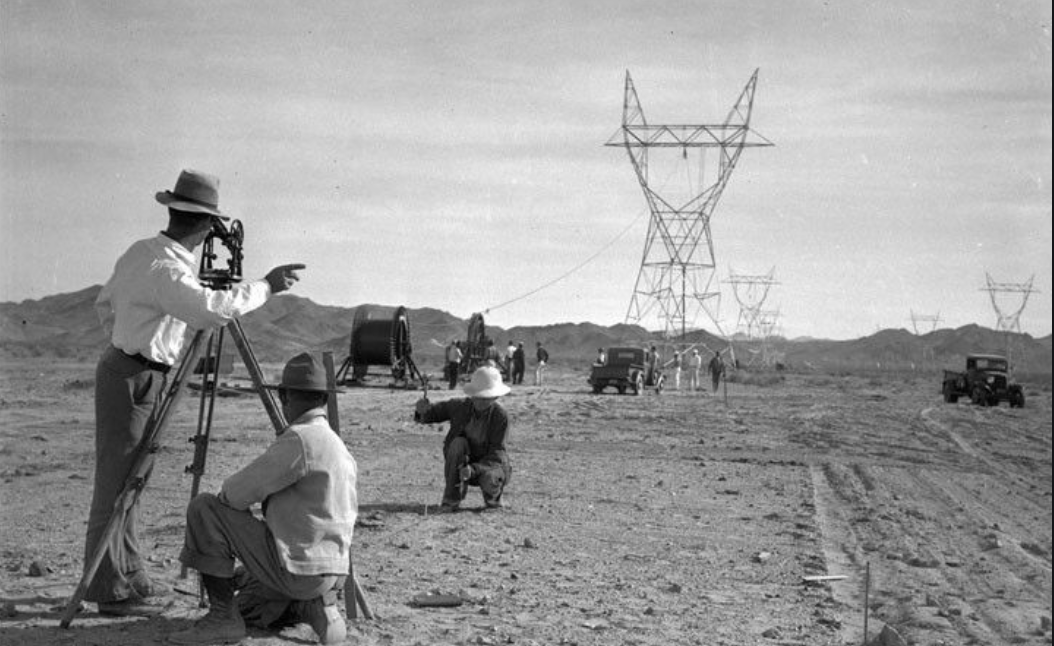


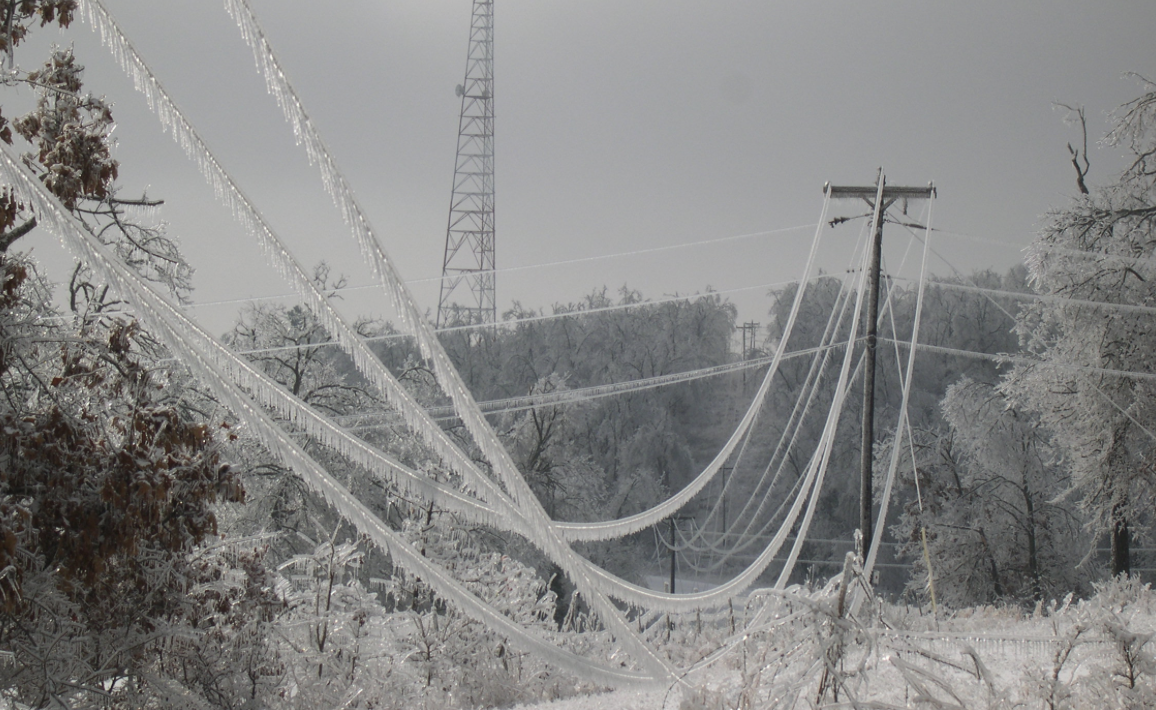

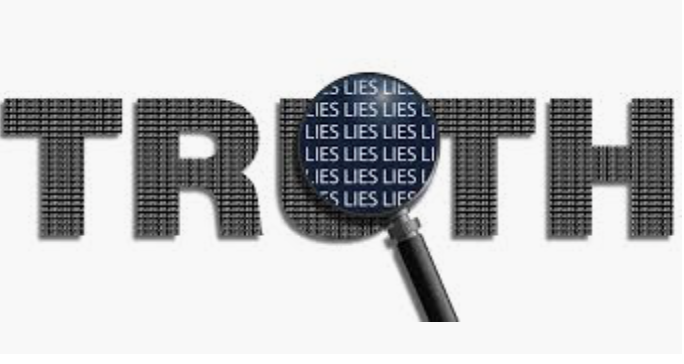
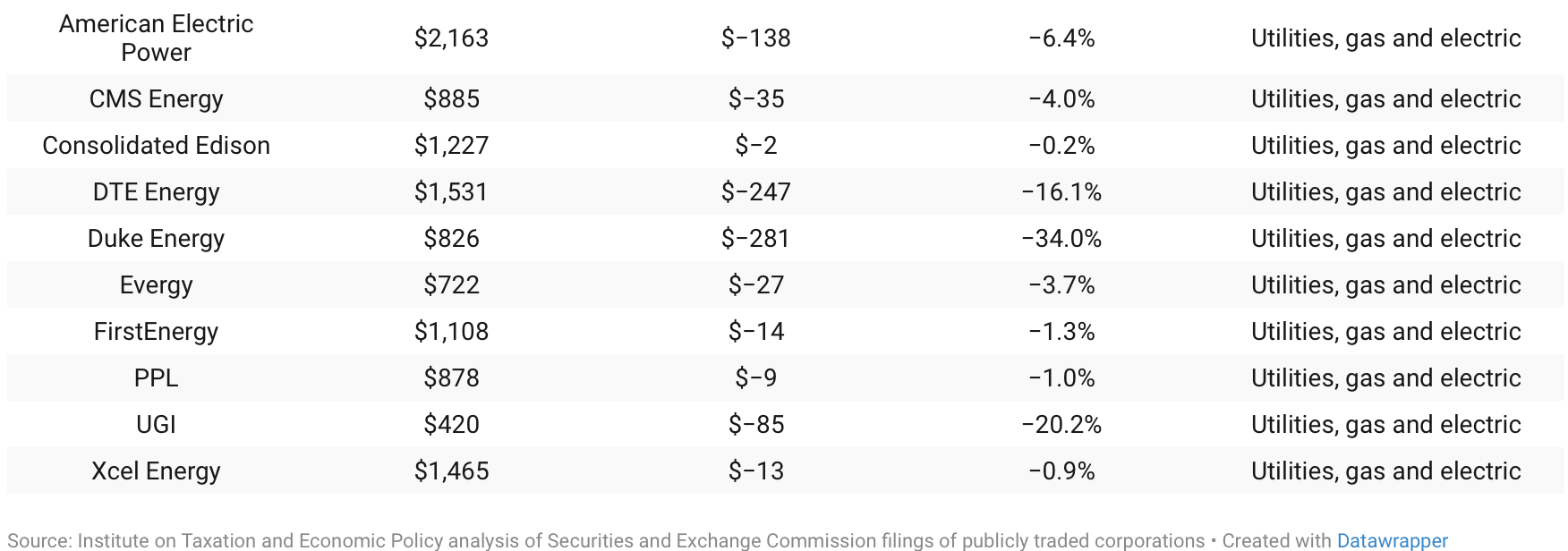
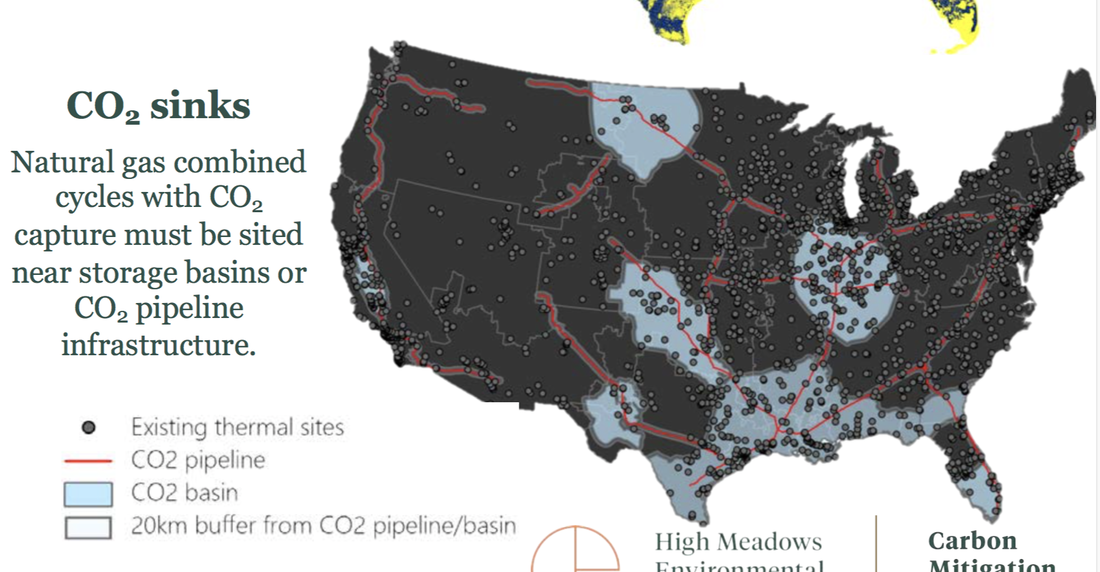


 RSS Feed
RSS Feed